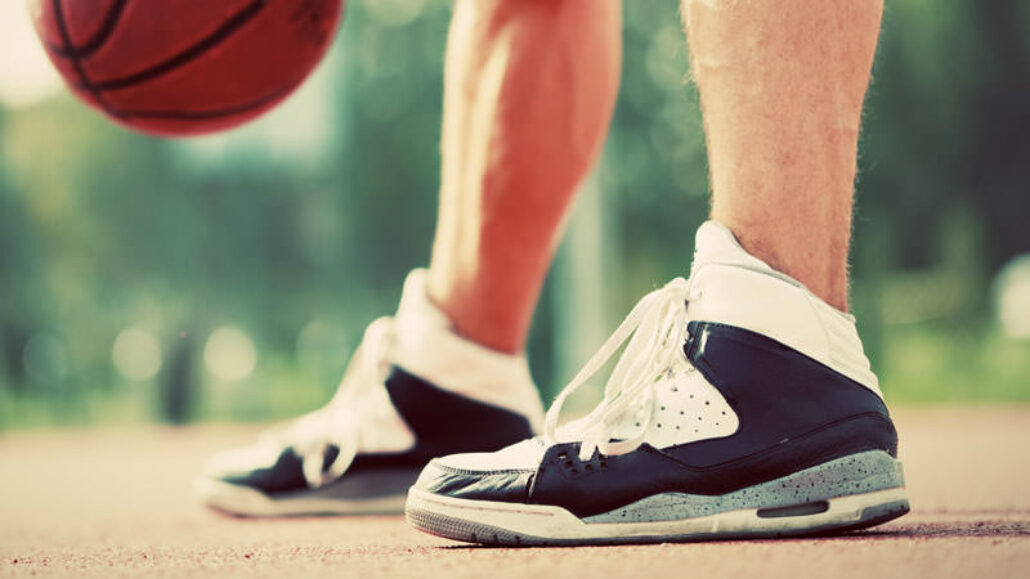It is difficult to completely avoid injury in a contact sport like basketball, but using the right protective equipment can help. We have a list of the safety equipment players should have to help prevent or minimize game-related injuries.
Basketball is physically demanding and fast moving. The explosive energy of racing up and down the court is taxing on leg muscles and ligaments. The contact nature of the sport ups the risk of falls and collisions with other players. Appropriate protective gear can help to minimize injury risks.
At Summit, we are committed to preventing injury before it occurs whenever possible. The right basketball equipment will maximize a player’s safety during games.
- Shoes matter. Ankle strains, sprains, and other injuries are common in basketball. Players should choose basketball shoes with a close fit, good ankle support, and nonskid treads—so playing in running shoes is discouraged. Basketball shoes with ankle supports protect the most injury-prone part of a basketball player’s anatomy to reduce ankle injuries.
- Knee and elbow pads. Protective pads protect elbows and knees from bruises and abrasions if play gets rough.
- Protect your victory smile. Players at every level should wear a mouth guard whenever they are on the basketball court. Although a custom-fitted mouthguard provides the best protection and the most comfort, standard guards are still much safer than playing without a guard.
- If a player has a history of injury, our physicians or physical therapists can recommend bracing or other appropriate protection for athletes to wear during play to prevent reinjury.
- Safety glasses. Facial injuries are common among basketball players. If athletes need glasses to play, they should wear safety glasses or glass guards to protect their eyes.
The court environment should also be evaluated for safety. Backboards and baskets should be securely mounted, well maintained, and padded. Check to make sure there is proper clearance between the court boundary lines and bleachers, posts, walls, or other structures that could cause injury. For outdoor games, clear the court of any rocks or debris. Don’t play in rainy conditions that could compromise footing, or in extreme heat that could trigger heat illness. Have safety personnel and medical resources at hand in case they are needed. First aid kits, ice packs, and a stretcher should always be available.
During a game, play by the rules and exercise sportsmanship. The American Academy of Orthopaedic Surgeons recommends that players maintain awareness of the other players on the court to reduce the chance of collisions, use proper techniques for passing and scoring, and refrain from holding, blocking, pushing, charging, or tripping other players.
At Summit, prevention is our priority. Easy first steps: wearing protective gear and being mindful of potential hazards. These are measures every player can take to reduce injury risks.
Summit Orthopedics offers comprehensive sports medicine expertise
From Olympians to pro athletes to kids in youth sports and those that just want to be more active—Summit Orthopedics delivers expert care by fellowship-trained sports medicine physicians. If you are recently injured or concerned about ongoing pain, Summit Orthopedics sports medicine specialists have the expertise to evaluate your discomfort and develop a plan to quickly and safely help you get back to being active.
Start your journey to stronger, healthier athletic condition. Find your sports medicine expert, request an appointment online, or call us at (651) 968–5201 to schedule a sports medicine consultation.
Summit has convenient locations across the Minneapolis-St. Paul metro area, serving Minnesota and western Wisconsin. We have state-of-the-art centers for comprehensive orthopedic care in Eagan, MN, Vadnais Heights, MN, Plymouth, MN, and Woodbury, MN, as well as several additional community clinics.
More resources for you
- Treatments For Common Basketball Injuries
- Know The Most Common Basketball Injuries
- The Equipment You Need To Play Safely
- High School Basketball Injury Prevention
